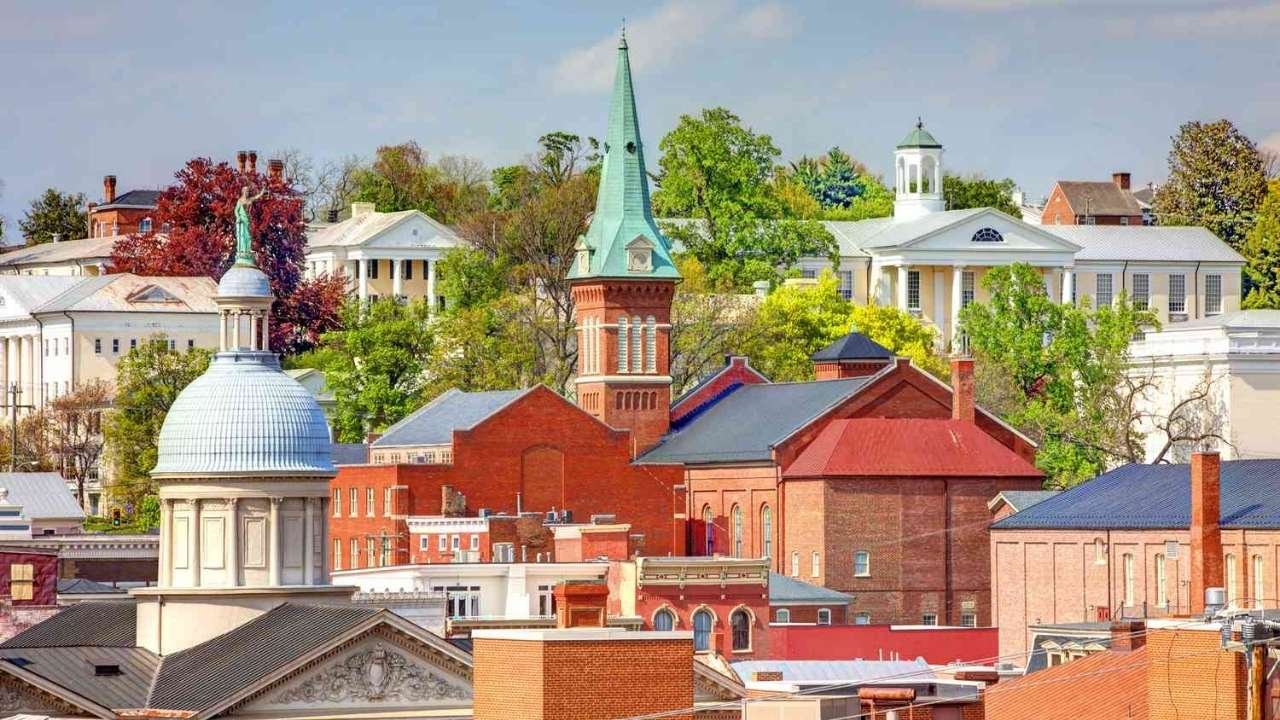As housing and everyday costs climb in much of the country, many Americans are searching for places where a modest budget still supports a decent quality of life. While $1,500 per month may not stretch far in major coastal cities, it can provide a stable and comfortable lifestyle in smaller, less expensive communities.
According to the U.S. Bureau of Economic Analysis, the national average cost of living has risen steadily in recent years, with housing accounting for more than 30% of total expenses for most households. However, several cities in the Midwest, South, and parts of the West continue to offer low rents, affordable healthcare, and manageable utility bills, allowing residents to live within tight budgets.
Table of Contents
Where Rent Stays Low and Quality of Life Stays High
Housing remains the largest monthly expense for individuals and families. In the following cities, one-bedroom apartment rents range from approximately $600 to $1,000 per month. For instance, cities like Davenport, Iowa, and Lawton, Oklahoma offer one-bedroom units for about $600. Meanwhile, Casper, Wyoming, which is at the higher end of the range with average rents near $1,000, offsets costs with no state income tax.
Most of these cities have housing markets that cater well to renters. Lower population density and steady local demand help keep rents stable without sacrificing quality. Many locations also offer landlord-friendly lease agreements and better tenant protections compared to more competitive markets.
Detailed City Cost Comparison
| City | State | Avg. One-Bedroom Rent | Cost of Living vs. U.S. Avg. | Notes |
|---|---|---|---|---|
| St. Cloud | Minnesota | $650 | Below average | Low rent and healthcare costs |
| Lake Charles | Louisiana | $700–$800 | 20% below average | Warm climate and local culture |
| Lynchburg | Virginia | $800 | Slightly below average | Historic neighborhoods |
| Casper | Wyoming | $1,000 | Lower than national average | No state income tax |
| Fort Wayne | Indiana | $700 | Well below average | Good healthcare infrastructure |
| Augusta | Georgia | $700 | 33% below U.S. average | Affordable housing and utilities |
| Davenport | Iowa | $600 | Low | Inexpensive groceries |
| Lubbock | Texas | $750 | Reasonable overall | Budget-friendly urban living |
| Lorain | Ohio | $600 | Below average | Access to amenities |
| Cedar Rapids | Iowa | $700 | Low | Strong community services |
| Lawton | Oklahoma | $600 | Below average | Low housing costs |
| Lansing | Michigan | $700 | Below average | Balanced lifestyle costs |
| Decatur | Alabama | $600 | 11% below U.S. average | Southern charm, low cost |
| Enid | Oklahoma | $650 | Below average | Affordable utilities |
| Springfield | Illinois | $650 | Reasonable | Stable housing market |
These rent prices serve as the financial backbone of each location’s overall affordability and play a crucial role in helping residents stay under the $1,500 monthly budget.
Utilities and Healthcare Keep Costs Manageable
Monthly utility expenses, including electricity, water, and gas, are consistently lower in these cities compared to national averages. The U.S. Energy Information Administration reports that the average monthly residential electricity bill in 2024 was around $137. In many of these cities, utility bills come in closer to $90 to $110 per month due to regional energy rates and climate conditions.
Healthcare costs are also notably less expensive. According to data from the Kaiser Family Foundation, states like Indiana, Alabama, and Louisiana rank below the national average for healthcare spending per capita. For residents managing tight budgets, this translates to more affordable doctor visits, lower insurance premiums, and reduced prescription costs.
Basic Living Without Sacrificing Comfort
While these cities may not have the same entertainment and dining options as large metropolitan areas, they still provide essential services, community events, parks, libraries, and access to transportation. Cities such as Lynchburg and Augusta are known for their historical charm and walkable neighborhoods, enhancing everyday life for residents without adding to living costs.
Safety is another important factor. Many of these smaller cities report crime rates below national averages. Combined with lower costs and a slower pace of life, these features make them appealing not just to retirees but also to young professionals and families looking to reset financially.
A Budget-Friendly Path to Stability
Living on $1,500 a month might not be practical in cities like San Francisco or New York, but in smaller markets across the Midwest and South, it’s entirely possible. These 16 cities demonstrate that affordable living is still within reach for those willing to explore beyond the usual urban hubs.
With low rent, manageable healthcare expenses, and lower utility bills, these locations provide real opportunities for financial stability and a decent quality of life on a modest budget.




